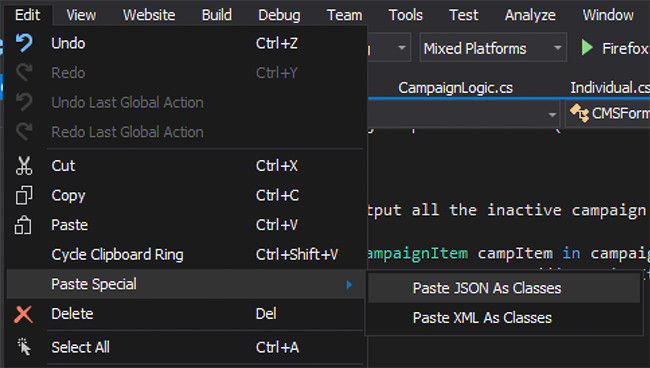Resize An Instagram Image Using A Media Query Parameter
This is something I have been meaning to post for quite some time, ever since I first started working on integrating Instagram's API in web applications from 2013. - The ability to resize an image from Instagram without having to deal with registering for an API key and worrying about request limits.
This approach is ideal if you have no requirement to get further information about an image, such as description, comments, likes etc.
Believe it or not, Instagram contains quite a neat (somewhat hidden) feature that gives you the ability to output three different sized images directly into a webpage, by constructing the path to an image as so: https://www.instagram.com/p/<image-id>**/media/?size=<size-parameter>**.
The supported "size parameters" are:
- t - for thumbnail (150px x 150px)
- m - for medium (306px x 306px)
- l - for large (640px x 640px)
The great thing about using the media parameter is that the requested image size is served up immediately. For example, we could embed an Instagram image directly into our HTML markup as so:
<p style="text-align: center;">
<img alt="Mr. Brown - The Office Dog" src="https://www.instagram.com/p/uz_8x2qW6E/media/?size=m">
</p>
Which will render the following output:
In this case, this is a picture of Mr. Brown (the office dog) from my Instagram profile in medium size.






